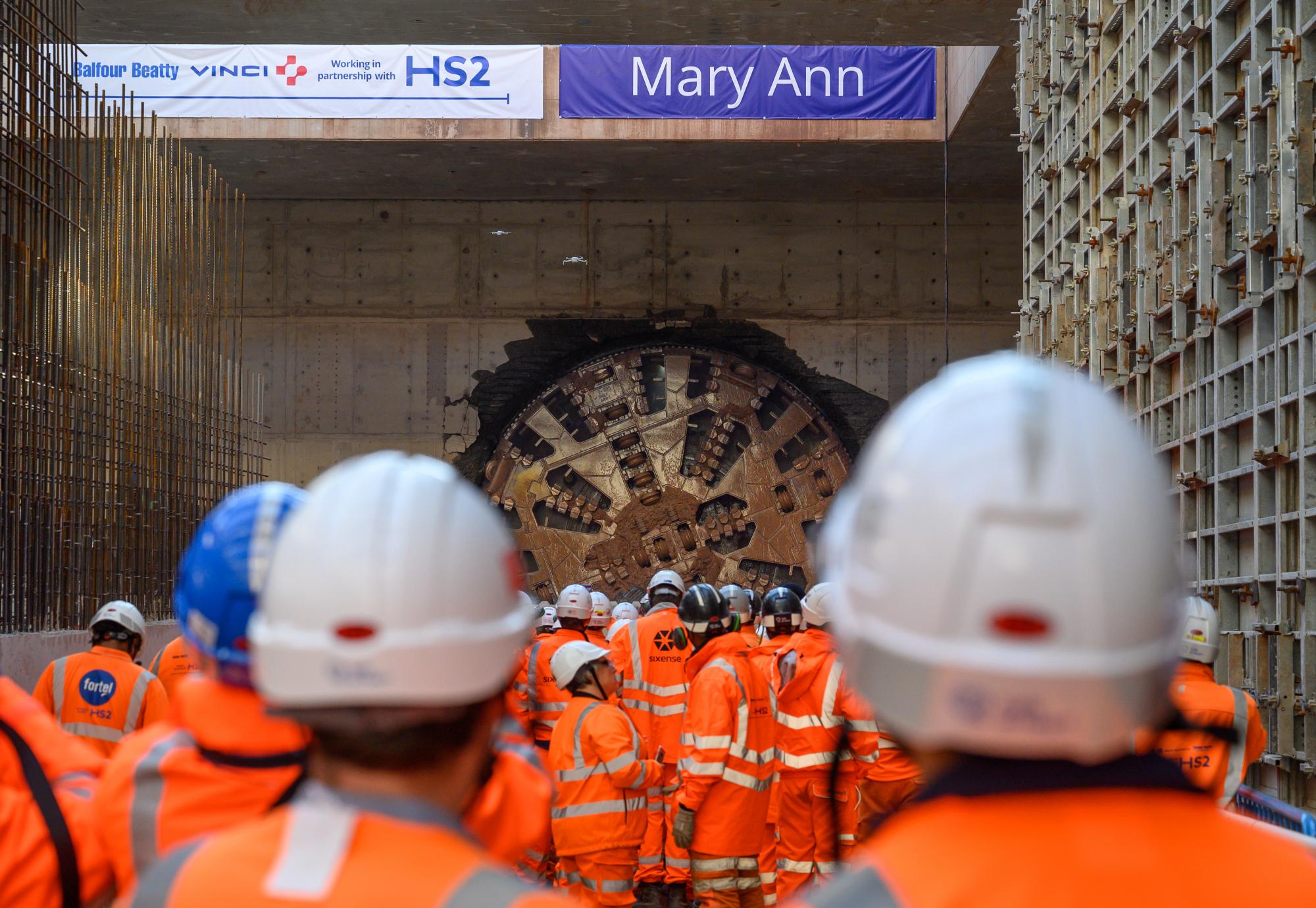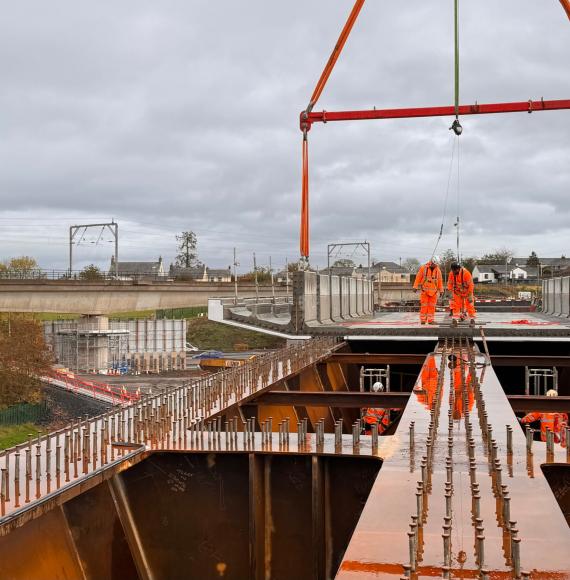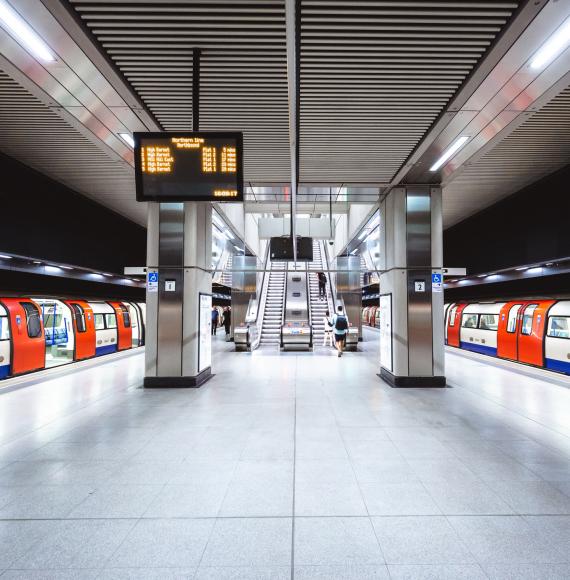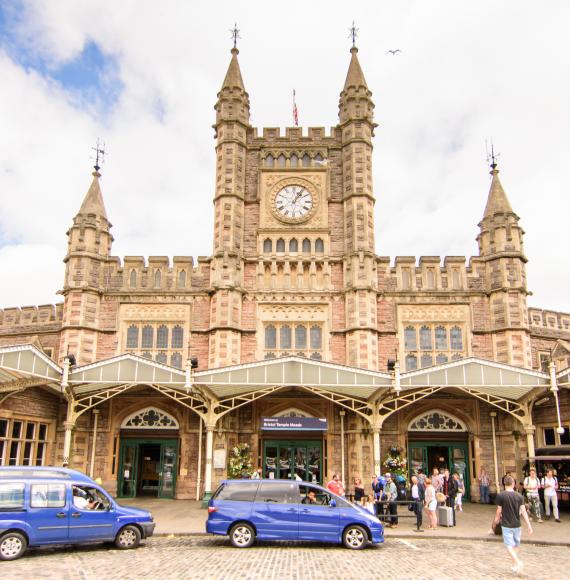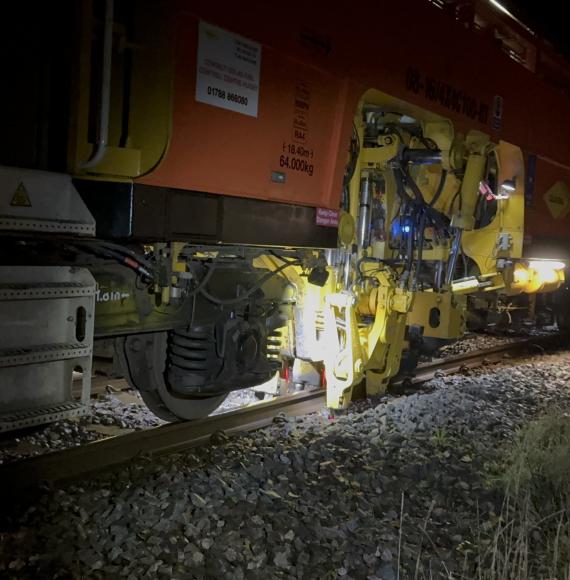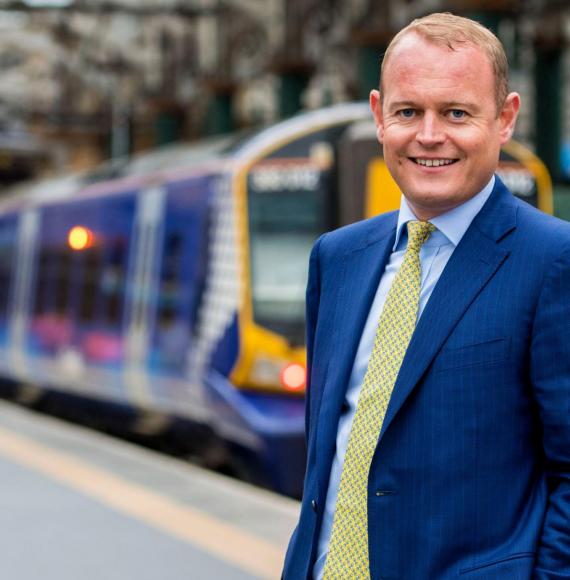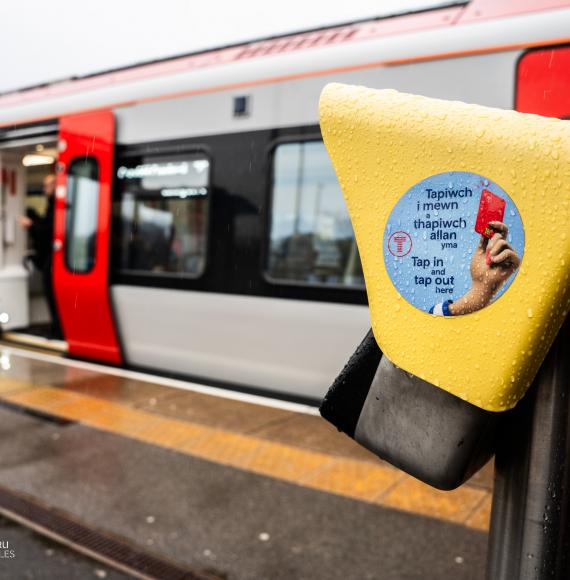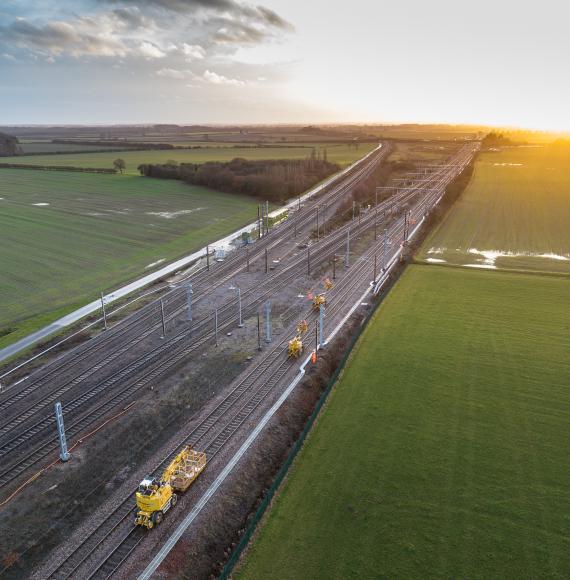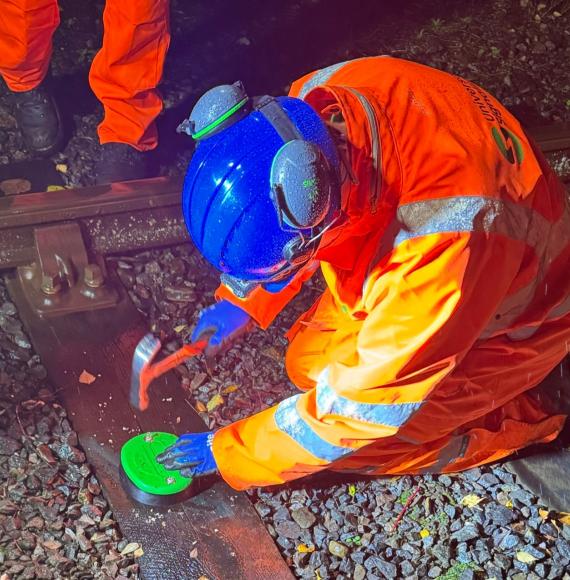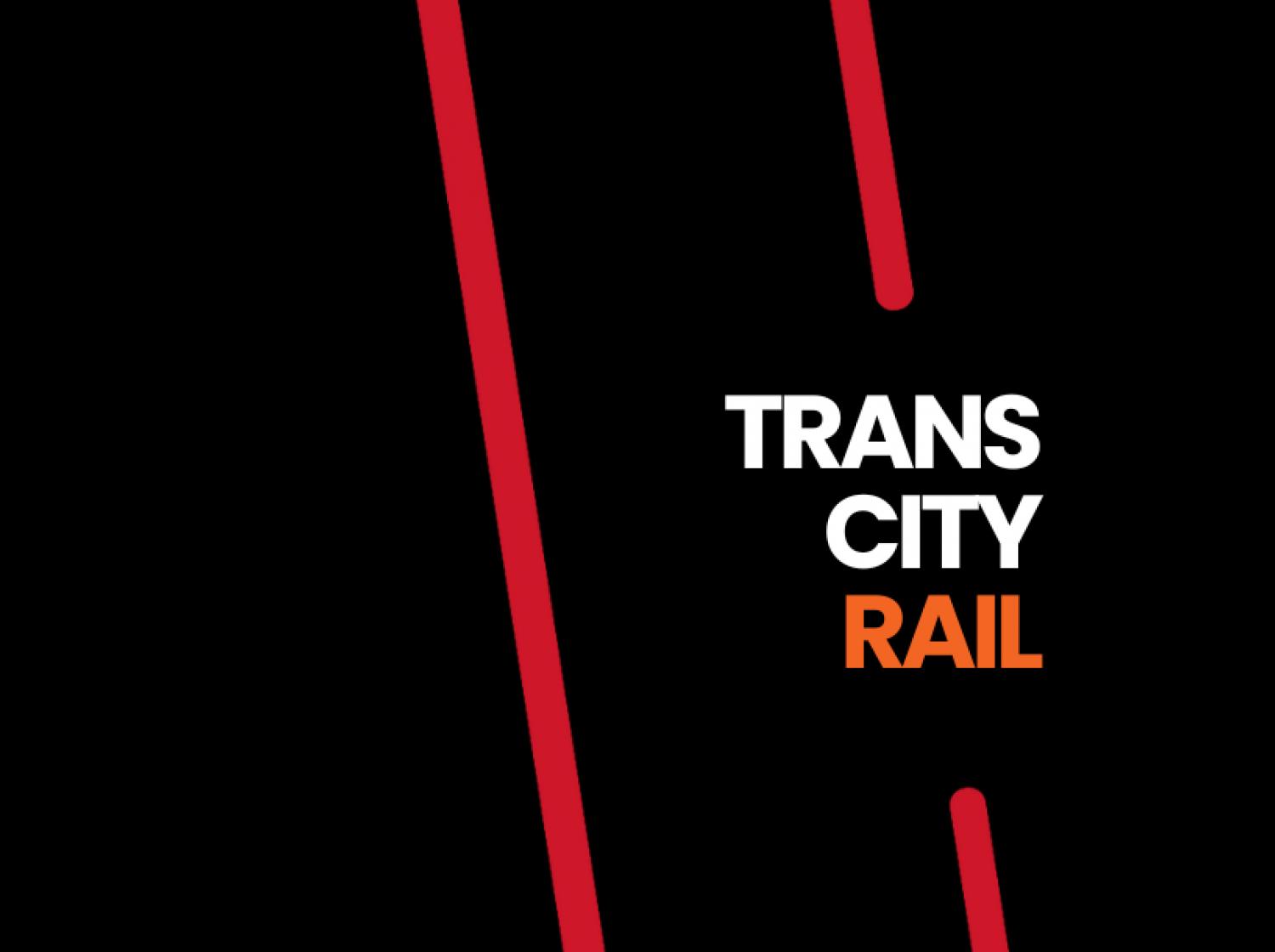The UK government’s July 2025 update on High Speed Two (HS2) offers a candid assessment of the troubled project’s past, while laying the groundwork for a more realistic and tightly controlled future. For rail professionals, contractors, and suppliers across the industry, this report marks a turning point—both in accountability and opportunity.
A Candid Reckoning and a Leadership Reset
The Transport Secretary openly acknowledged the project’s past failures: optimistic cost estimates, immature designs, and a misaligned supply chain. Mismanagement and shifting government policy left the project in a state of ongoing delay and spiralling costs—diverting funding from other vital transport priorities.
The reset is now being spearheaded by Mark Wild, the former Crossrail CEO, and new HS2 Ltd Chair Mike Brown. Their mandate is clear: stabilise the project, control spending, and set a realistic delivery baseline by 2026. Until that’s achieved, no firm timeline or cost estimate for completion will be published.
Construction Progress Despite Challenges
Despite leadership changes and fiscal uncertainty, boots are still on the ground. Over 70% of the 32 miles of tunnels between London and Birmingham are now complete. Key milestones include the completion of Northolt Tunnels, the breakthrough at Bromford Tunnel, and a 14,500-tonne bridge structure installation under the A46. Progress continues at Interchange Station, Old Oak Common, and Curzon Street.
A systems and service tender for the Automated People Mover linking Birmingham International to HS2 has also been launched, and £3 billion in systems contracts were awarded in late 2024. Lessons from earlier contracting failures have shaped a more rigorous, incentive-aligned delivery model for these new phases.
A New Model at Euston and Future Economic Impact
Euston remains a strategic priority, with the government committing to fund tunnelling and station development. A new Euston Delivery Company will lead the campus development, integrating the HS2 station, Network Rail upgrades, and urban redevelopment. Private capital is being explored to reduce the taxpayer burden.
HS2’s catalytic role in economic regeneration is already being felt. Research suggests the project will add £10 billion each to the West Midlands and west London economies over the next decade. Housing booms are expected around Old Oak Common, Curzon Street, and Interchange Station, with 41,000+ homes enabled directly or indirectly by HS2.
Skills, Jobs, and Environmental Goals
With over 33,000 jobs supported and more than 1,800 apprenticeships created, HS2 continues to power employment and training in construction and engineering. Over 3,400 UK suppliers are involved—over 2,500 of them SMEs.
Environmentally, HS2 has achieved 33.8% of its targeted 50% reduction in whole-life carbon emissions. Biodiversity metrics are also on track, with area-based habitats and hedgerows progressing toward net gain objectives.
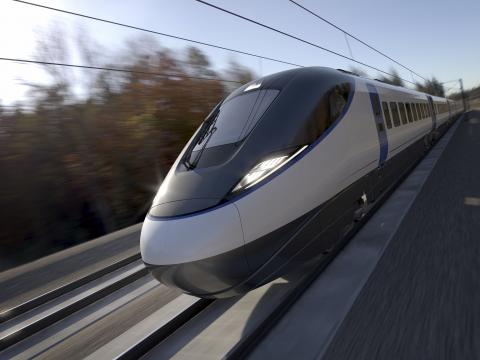
Lessons Learned and Governance Overhaul
James Stewart’s governance and assurance review provided a hard look at systemic failings in HS2 delivery—lessons now being embedded into project management and departmental oversight. A new approach to cost estimation, with verified benchmarks and realistic ranges, will guide future planning. Procurement strategies have been refined to ensure suppliers are appropriately incentivised and risks are more fairly allocated.
Temporary control measures are already in place, with a new oversight board and strengthened programme governance driving performance. This includes monthly progress reviews, revised baselining, and the recruitment of high-calibre non-executive board directors.
What This Means for the Rail Industry
For rail professionals, the HS2 reset is both a warning and a window of opportunity. The industry can expect tighter scrutiny, improved delivery standards, and a renewed focus on value for money. But it also signals new contract opportunities—particularly for high-performing suppliers, innovative solution providers, and firms aligned with the government’s revised expectations.
With the groundwork being re-laid for a more disciplined and impactful HS2, the coming years will be crucial. For those working in UK rail, now is the time to realign, reengage, and be part of building a high-speed future—done right.
Image credits: HS2

